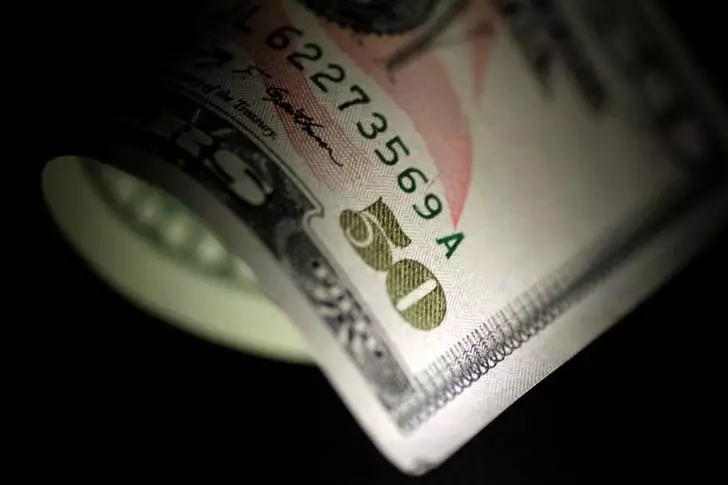The performance of the US dollar has taken a prominent turn this week, signaling a temporary reprieve from its earlier struggles against other currencies. As of 08:05 ET (12:05 GMT), the Dollar Index experienced a slight decline of 0.1%, trading at 101.642. Nevertheless, this performance follows a substantial uptick, where the index has surged nearly 1.5% within the week, showcasing its strongest trajectory since April. This rebound is undoubtedly driven by a confluence of factors, and investors are closely observing these dynamics to gauge future movements.
Factors Influencing Dollar Strength
Several key elements have contributed to the recent recovery of the dollar. Foremost among these are geopolitical uncertainties which often lead investors to seek safer assets; the US dollar is traditionally viewed as a haven in such scenarios. Furthermore, labor market data released in the lead-up to crucial employment reports have revealed somewhat more favorable trends than expected. This data, coupled with disappointing inflation figures from Europe, has compelled markets to anticipate potential cuts to European Central Bank rates, thereby enhancing the dollar’s attractiveness.
UBS analysts dissect these factors by highlighting that if US inflation trends downward similarly—with September figures potentially nearing the 2% benchmark—this could alter the Federal Reserve’s monetary strategy. They stress, however, that while such outcomes are plausible, they are not a definite expectation.
Foreseeing Future Dollar Movements
Despite the short-term strength of the dollar, UBS advises caution against accumulating long positions on the greenback, indicating a belief in forthcoming weakness. The firm posits that the mixed signals from the labor market, combined with a potential decline in inflation, could pave the way for a significant policy shift from the Federal Reserve. Specifically, if inflation does indeed decrease, there’s speculation that a 50 basis point rate cut in November could follow.
UBS’s perspective is underscored by the fact that maintaining a bull stance on the dollar may be shortsighted. They advocate for investors to utilize this current phase of dollar strength as an opportunity to lessen their exposure, suggesting that the overall trend is likely to lean towards dollar weakness in the months ahead.
The current scenario for the US dollar encapsulates a complex interplay of geopolitical tensions, labor market dynamics, and inflationary trends. While there are factors fueling its recent rally, like safe-haven demand and mixed economic data, the overarching narrative suggests a cautious future. Investors are encouraged to closely monitor these developments, recognizing that while the dollar may appear robust now, broader indicators point towards a potential weakening, necessitating an agile approach to investment strategies.

